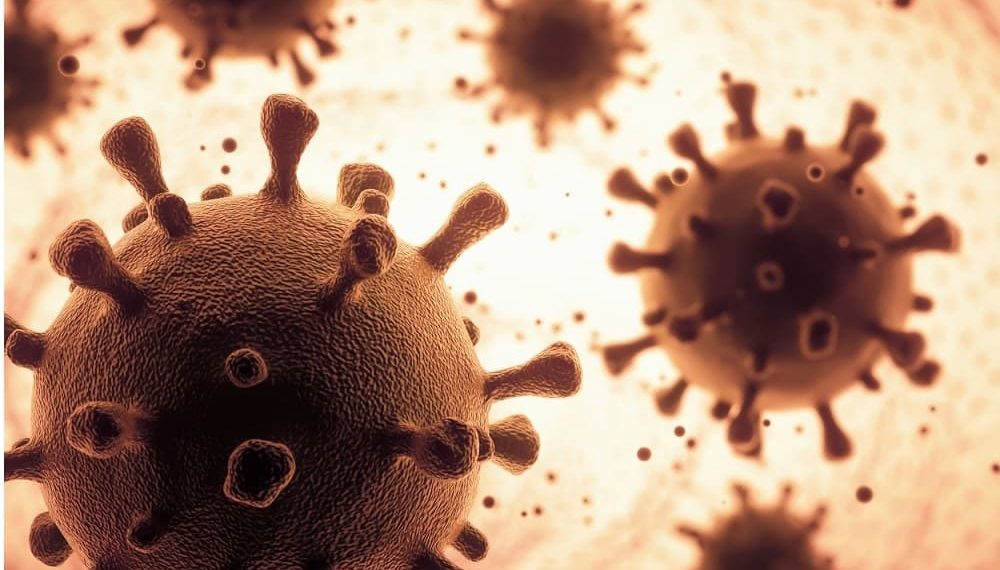In order to increase access to treatments that are recommended to fight COVID-19, the WHO has added a monoclonal antibody treatment called Tocilizumab to its list of prequalified options to treat the virus. Currently, the WHO has given a nod to six COVID-19 treatments. This includes the three vials with different quantities. These three prequalified products have originally been manufactured by Roche, but their listing is enough for others to pursue WHO’s pre-qualification, hence increasing the numerous quality-assured outputs, which in turn would lead to creating a competitive environment and reducing the prices significantly. In a way, the pre-qualification would be beneficial to low-income as well as middle income countries.
As for Tocilizumab, it happens to be a monoclonal antibody that has the Interleukin-6 receptor, which induces an inflammatory output and is mostly found in pretty high levels across patients who have been critically sick with the virus. Notably, this product has been authorised only for treating arthritis in 120 countries.
Also, it has come to light in clinical studies that Tocilizumab when given intravenously depletes death in severe COVID-19 patients who have had critical oxygen needs and their health has been rapidly deteriorating. It is also seen that Tocilizumab has averted long-term hospitalisation in patients. However, WHO insists it be used only for patients who are critically ill due to COVID-19. Besides, it has to be administered by healthcare staff in a monitored clinical environment in accordance with the essential standards that are required for COVID-19 care, such as corticosteroids, oxygen, and other recommended medications. That said, the patent for Tocilizumab has expired for most of its usage, which itself eases the intellectual property barriers, more so for the IL-6 blocker. Currently, this monoclonal antibody treatment happens to be expensive and available only in short supply across the world. The originator company’s price for a single dose in lower income countries is pretty steep and comes to $500-600. However, since there are more developers entering the market, the possibility of prices coming down is high. WHO, along with its partners, is in discussion with Roche for improved access and lower prices when it comes to middle-income economies.



















